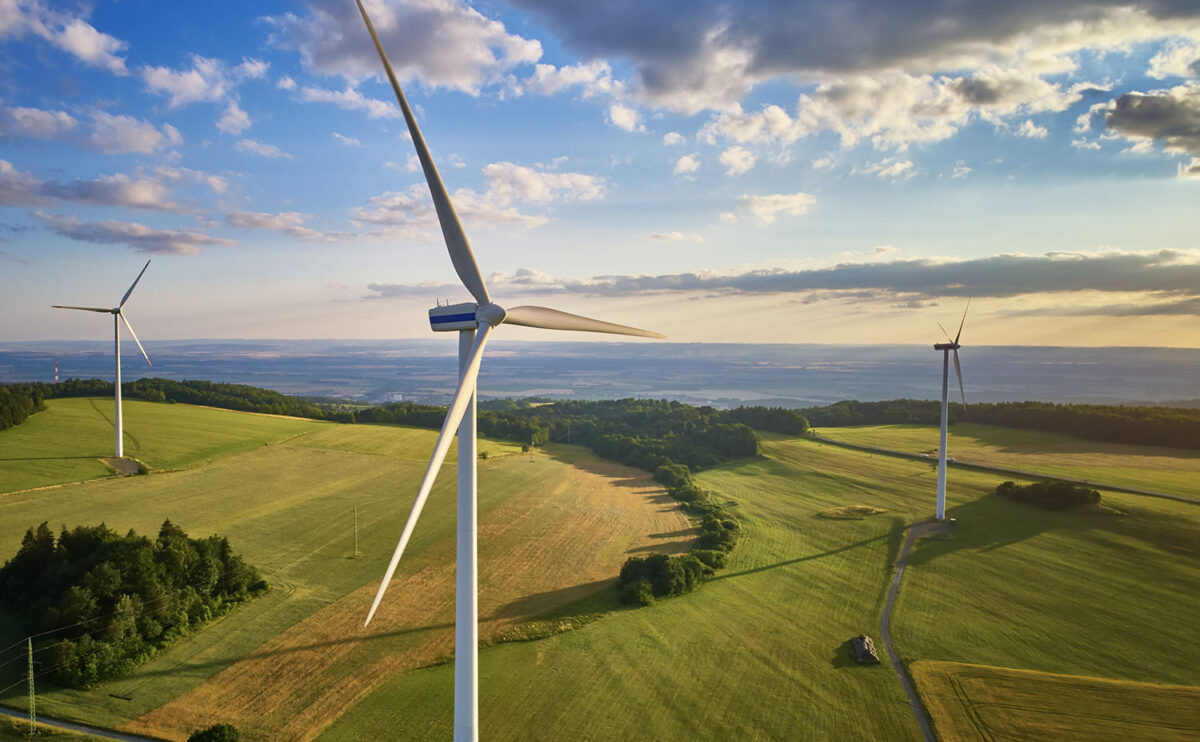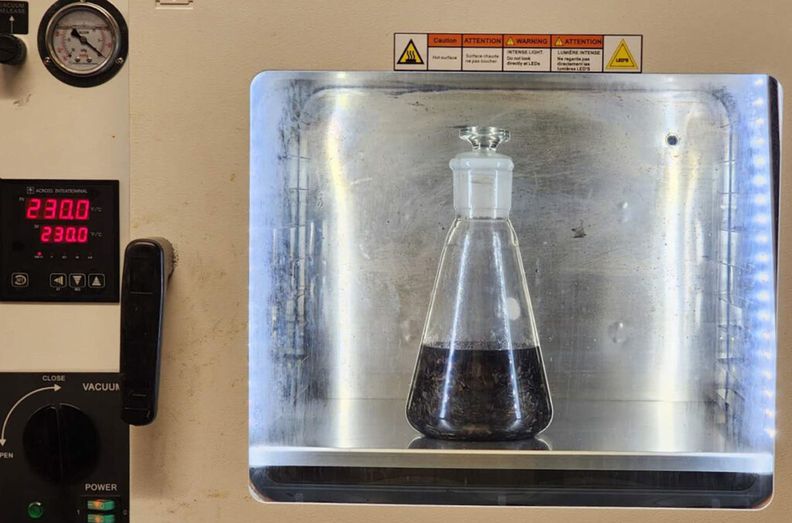Chemical Recycling of Carbon Fiber in Wind Turbine Blades

Addressing the Wind Turbine Recycling Challenge
Carbon-fibre reinforced compounds play a pivotal role in demanding applications like automotive, aviation, and renewable energy due to their blend of rigidity, mechanical strength, and lightness. However, recycling these compounds, especially in wind turbines, has been a persistent challenge. As part of the Wind Turbine Materials Recycling Challenge by the US Department of Energy, scientists are spearheading innovative solutions, with a particular focus on chemical recycling.
The Challenge of Carbon-Reinforced Plastics in Wind Turbines
Carbon-reinforced plastic composites, constituting 15% of wind turbine materials, pose a recycling dilemma. Traditional recycling struggles with separating thermoset matrix resins from cured composites efficiently. This challenge becomes increasingly urgent as the first wave of wind turbines approaches the end of their 20 to 30-year life spans. The estimated global wind blade waste is set to reach over 6.5 million tonnes by 2049.
Chemical Recycling Breakthrough

The new method works at moderate temperatures below 200 C and ambient pressure without the need for a pressure chamber. Courtesy of Washington State University
A team at Washington State University introduces a novel chemical recycling method, utilizing a mild Lewis acid catalyst and an eco-friendly industrial solvent. This approach aims to break down thermosets without damaging the carbon fibres, preserving their strength properties. This process operates at moderate temperatures below 200°C and ambient pressure, eliminating the need for a pressure chamber, thereby reducing operational and capital costs.
In the initial phase, the researchers shred composite materials into chips. These chips undergo a three-hour process in an eco-friendly solvent, preserving the carbon fibre’s strength. Once the matrix resin dissolves, it is collected through water precipitation. Notably, this chemical recycling method avoids generating secondary waste and can operate in continuous or semi-continuous processes.
Advantages Over Traditional Methods
Unlike traditional mechanical recycling, this chemical process doesn’t compromise the valuable carbon fibre. Furthermore, it eliminates the use of hazardous chemicals, common in high-temperature chemical recycling processes. The solvent can be reclaimed and reused, contributing to cost reduction as the process scales up.
The success of this chemical recycling breakthrough aligns with global sustainability goals, particularly in the wind energy sector. As the researchers optimize and scale up their process, the potential for circular manufacturing and reduced environmental impact becomes increasingly promising. This innovation signifies a crucial step toward mitigating the environmental challenges associated with wind turbine blade waste and advancing the circular economy in the renewable energy industry.
